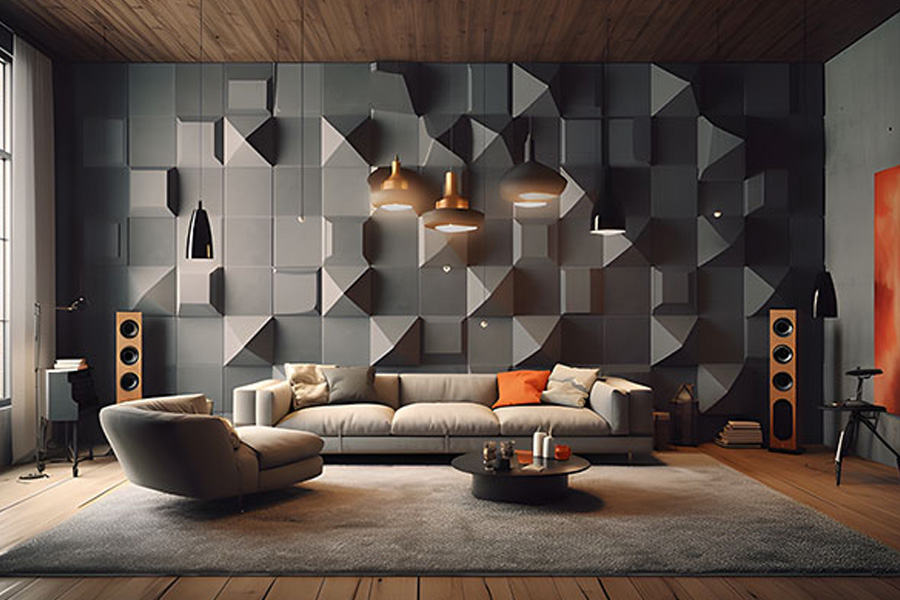
The key to installing acoustic paneling efficiently is using the right tools and techniques so that they do more than result in sound absorption. Whether you are attempting to prepare a home theater, office, or even proficient recording studio; having the best assets available, such as understanding the uses of acoustic panels, will make for a more effective and basic process.
Measuring Tools
Proper measurements are key when installing acoustic panels. Some more mandatory tools are a tape, lazer scale and carpener pencil. You use a tape measure to know the exact dimensions and placement of each panel. Laser levels can be particularly convenient, as they allow you to keep your panels both horizontally and vertically aligned throughout the building process which gives a neat and professional look.
Cutting Tools
A metal ruler and utility knife are useful for those times when you have to cut acoustic panels down to size or create a custom shape. If cutting foam, or fabric wrapped panels a utility knife with sufficient fresh blades is our recommendation. If you are cutting harder materials like fibreglass, a jigsaw or circular saw could be useful for tighter cuts. Remember to use a straight edge or ruler for even and precise cuts.
Mounting Tools
Power Drill:
It is necessary to make holes in the wall for screws or anchors, and you will need what it takes.
Drywall Anchors:
Type varies by wall types, most likely for us we will use toggles()). While drywall installations use standard wall anchors, masonry requires heavier duty ones that are a bit more challenging to work with.
Stud Finder:
The pocket stud finder locates carpenter studs behind the wall that can be used to anchor heavy acoustic panels securely.
Adhesives:
Construction adhesive or double-sided mounting tape for lightweight panels. Make sure the adhesive is strong enough to keep the panel in place long term.
Safety Gear
You will require appropriate equipments and have to be more careful while installing these acoustic panels. Safety gear Gloves, safety glasses and dust mask to avoid cuts from sharp tools and stand out of the way from flying parts or debris. Even if you are still thinking, want to reduce the noise that a loud power tool will generate by putting on ear protection.
Measurement tools guarantee proper placement, cutting tools let you in for a custom fit, and uses of acoustic panels finally mounting hardware will anchor the panels where they need to be. These core tools are required to perform a professional and clean installation, which both improves the acoustics of any type of area.

